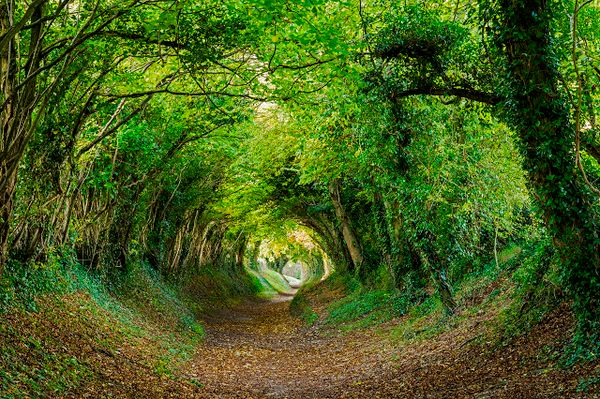- Time of past OR future Camino
- 2019
The eucaliptus plantations are private. The Xunta is trying to reduce them. Now, many land is classified as not allowed to plant pine trees or eucaliptus after cutting. From June it's compulsory 4 metres clean from the road. Those rules have made land price to drop dramaticaly. In my case I have 1 Ha in 6 pieces and only one of them (1400 m2) is allowed to plant, So with the 4 mts requirement I'm going to start selling the whole thing for almost nothing.One more thing, if you want to protest environmental destruction in Galicia, start with the eucalyptus issue. You might notice that in eucalyptus plantations there is no wildlife, no birds, nothing. It's also a massive fire hazard.
I agree that those rules were necessary but are going to have economic impact on rural fanilies .
























